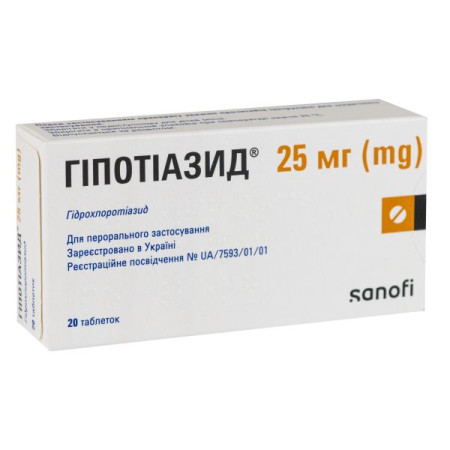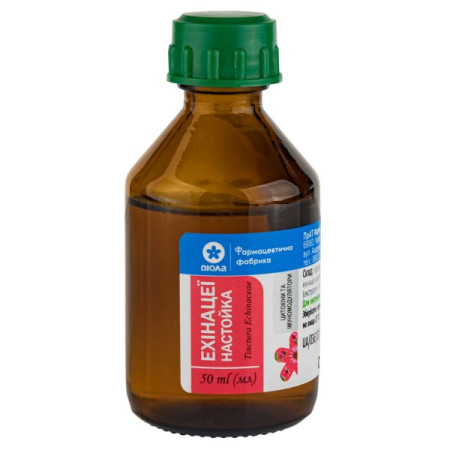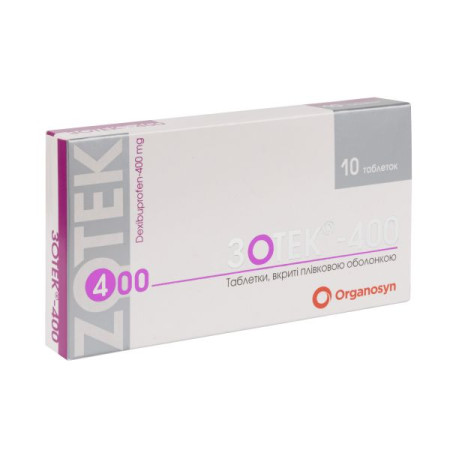Ermucin powder for oral suspension 175mg/5ml No.1

Instructions Ermucin powder for oral suspension 175mg / 5ml No. 1
Composition
active ingredient: erdosteine;
5 ml of oral suspension contains erdosteine 175 mg;
excipients: sucrose, sodium benzoate (E 211), sodium starch glycolate, orange flavoring, anhydrous citric acid, sucralose, Mask CLD nat flavoring.
Dosage form
Powder for oral suspension.
Main physicochemical properties: finely dispersed, free-flowing white powder, with a characteristic pleasant odor and orange taste.
Pharmacotherapeutic group
Cough and cold medicines. Expectorants, except for combination preparations containing antitussives. Mucolytics. Erdosteine. ATX code R05C B15.
Pharmacological properties
Pharmacodynamics.
Erdosteine is a mucolytic compound whose action is mediated by its active metabolites. These metabolites have free thiol groups that cause the destruction of disulfide bridges that bind glycoprotein fibers, and thus reduce the elasticity and viscosity of mucus. As a result, the drug helps to clear the respiratory tract of secretions and increases the efficiency of the mucociliary mechanism for removing mucus and mucopurulent secretions from the upper and lower respiratory tract.
In addition to mucolytic properties, erdosteine exerts an antagonistic effect on the local formation of free radicals and inhibits the activity of the elastase enzyme.
Erdosteine also reduces the adhesive ability of Gram-positive and Gram-negative bacteria to the respiratory tract epithelium. As a result of this antibacterial anti-adhesive effect, which has been proven in in vitro studies, bacterial colonization may be reduced and the risk of bacterial superinfection may be reduced.
Erdosteine also acts as an acceptor of free oxygen radicals, prevents their formation locally and significantly reduces the level of 8-isoprostane as a marker of lipid peroxidation. The anti-inflammatory effect of erdosteine in vitro and in vivo was also indicated by a decrease in the synthesis of some pro-inflammatory cytokines (IL-6, IL-8).
Erdosteine prevents the inhibition of alpha-1-antitrypsin by tobacco smoke, thus preventing damage caused by smog or tobacco smoking.
In addition, erdosteine increases the concentration of IgA in the airways of patients with chronic obstructive pulmonary disease (COPD) and prevents the inhibition of granulocytes caused by smoking. Erdosteine also increases the concentration of amoxicillin in bronchial secretions, and therefore, the therapeutic effect of the simultaneous use of these agents will be faster compared to the therapeutic effect of amoxicillin monotherapy. In patients with COPD, erdosteine therapy for 8 months led to a decrease in the frequency of exacerbations of the disease and an improvement in the quality of life.
The effect of the drug becomes apparent approximately 3–4 days after the start of therapy.
Erdosteine itself does not contain free SH-radicals, which are attributed to its activity, since they are chemically blocked and become free only after metabolism or in an alkaline environment. Therefore, it is characterized by a slight effect on the gastrointestinal tract (GI) at recommended doses, the absence of an aftertaste and burping, good tolerability, and a profile of undesirable gastrointestinal events that does not differ from that of placebo.
Pharmacokinetics.
Erdosteine is rapidly absorbed; metabolized by the liver to form at least 3 active metabolites, the most abundant (in %) and active of which is N-thiodiglycolylhomocysteine (metabolite 1, or M1). Main pharmacokinetic parameters (for M1): Cmax 3.46 μg/ml; Tmax 1.48 hours; AUC (0–24 hours) 12.09 mg/l/h. The level of binding of erdosteine to blood plasma proteins is 64.5%. Elimination occurs with urine and feces, where only inorganic sulfates were detected.
The elimination half-life (for the drug as a whole, i.e. for erdosteine and its metabolites) is > 5 hours. Repeated administration and food intake do not alter the pharmacokinetic profile of the drug. No evidence of cumulation or enzyme induction was observed.
In cases of impaired liver function, an increase in Cmax and AUC values was observed.
In addition, in severe liver dysfunction, an increase in the half-life of the drug has been observed. In severe renal failure, there is a risk of accumulation of metabolites.
Indication
Reducing the viscosity and facilitating expectoration of bronchial secretions in the treatment of acute and chronic diseases of the upper and lower respiratory tract, such as bronchitis, rhinitis, sinusitis, laryngopharyngitis, exacerbation of chronic bronchitis, chronic obstructive pulmonary disease (COPD), hypersecretory bronchial asthma, bronchiectasis.
Contraindication
Hypersensitivity to the active substance or to any of the listed excipients, or to substances containing free SH groups;
liver disorders (e.g. increased serum alkaline phosphatase or transaminase levels, etc.), including cirrhosis;
homocystinuria (this drug is a source of homocysteine, and there are currently no data available on the use of erdosteine in congenital disorders of amino acid metabolism, especially in patients who are forced to follow a methionine-free diet) and cystathionine synthetase enzyme deficiency - due to a possible effect on methionine metabolism;
peptic ulcer in the active phase;
phenylketonuria.
Interaction with other medicinal products and other types of interactions
No undesirable interactions with other drugs commonly used in respiratory tract infections and COPD, such as theophylline, bronchodilators, erythromycin, amoxicillin or sulfamethoprim, have been observed. Erdosteine potentiates the effect of some antibiotics (e.g. amoxicillin, clarithromycin) that may be used therapeutically, and can also be used together with bronchodilators (theophylline or beta-2-adrenomimetics, cough medicines, etc.). A synergistic effect of erdosteine has been proven when used simultaneously with budesonide and salbutamol.
Application features
If classic signs and symptoms of hypersensitivity appear, erdosteine therapy should be discontinued immediately.
The simultaneous use of antitussives is inappropriate and may cause accumulation of secretions in the bronchial tree with an increased risk of developing superinfection or bronchospasm.
Ermucin® contains sucrose. Sucrose is not suitable for patients with hereditary fructose intolerance, glucose-galactose malabsorption syndrome and associated digestive disorders or patients with sucrase-isomaltase insufficiency (deficiency of enzymes that break down sucrose and isomaltose). If the patient has a known intolerance to some sugars, contact your doctor before taking this medicine.
This medicinal product contains less than 1 mmol (23 mg) sodium per dose, i.e. essentially 'sodium-free'.
A sulfurous odor may be present, which is a characteristic feature of the active substance and not a sign of drug transformation.
Use during pregnancy or breastfeeding
The safety of erdosteine during pregnancy and breastfeeding has not been proven, so its use is not recommended.
Ability to influence reaction speed when driving vehicles or other mechanisms
No negative effects on the ability to concentrate were observed.
Method of administration and doses
Children. The dose is determined according to the child's body weight and age:
15–20 kg (3–6 years) — 2.5 ml twice a day;
21–30 kg (7–12 years) — 5 ml twice a day;
over 30 kg (over 12 years old) - 5 ml three times a day.
Adults. The dose for adults is 10 ml of suspension 2 times a day.
Add water to the dry powder vial up to the mark and shake gently until the powder is completely dissolved into a homogeneous suspension. Check the liquid level and, if it does not reach the mark, add the required amount of water and shake the liquid in the vial again. After reconstitution, the suspension can be stored for no more than 15 days at a temperature of 2–8 °C. The suspension must be shaken before each use.
Children: This dosage form is not for use in children under 3 years of age.
Overdose
No cases of overdose have been reported so far.
When the recommended dose was exceeded (taking 1200 mg/day), sweating, dizziness, and hot flashes were observed.
In case of overdose or accidental ingestion of this medication by a child, symptomatic therapy is recommended.
Side effects
The frequency of adverse reactions is defined as follows: very common (≥1/10); common (≥1/100, <1/10); uncommon (≥1/1000, <1/100); rare (≥1/10,000, <1/1000); very rare (<1/10,000), unknown (cannot be estimated from the available data).
From the nervous system: very rarely - headache.
Respiratory, thoracic and mediastinal disorders: very rare - shortness of breath; unknown - bronchial obstruction.
Gastrointestinal: very rarely - taste disorders (ageusia or dysgeusia), nausea, vomiting, diarrhea, heartburn and stomach pain.
Skin and subcutaneous tissue disorders: very rarely - urticaria, redness, eczema.
Immune system disorders: rarely - Quincke's edema.
General disorders: rarely - unexpected hyperpyrexia.
Reporting of suspected adverse reactions
Reporting adverse reactions after registration of a medicinal product is of great importance. This allows monitoring of the benefit/risk ratio when using this medicinal product. Medical and pharmaceutical professionals, as well as patients or their legal representatives, should report all cases of suspected adverse reactions and lack of efficacy of a medicinal product via the Automated Information System for Pharmacovigilance at the link: https://aisf.dec.gov.ua
Expiration date
3 years.
Storage conditions
This medicinal product does not require any special storage conditions. The diluted suspension should be stored in a refrigerator at 2-8°C for no more than 15 days.
Packaging
Amber glass bottle marked 100 ml, hermetically sealed with a protective screw-on aluminum cap with a PE insert in a cardboard box. A measuring container is also included.
Vacation category
According to the recipe.
Producer
ZETA PHARMACEUTICALS S.P.A., Italy.
Applicant
UAB "MRA", Republic of Lithuania.
Location of the manufacturer and its address of business. Via Galvani, 10 - 36066 Sandrigo (VI), Italy.
Location of the applicant. Totoriu Street 20-9, LT-01121, Vilnius, Republic of Lithuania.
There are no reviews for this product.
There are no reviews for this product, be the first to leave your review.
No questions about this product, be the first and ask your question.















